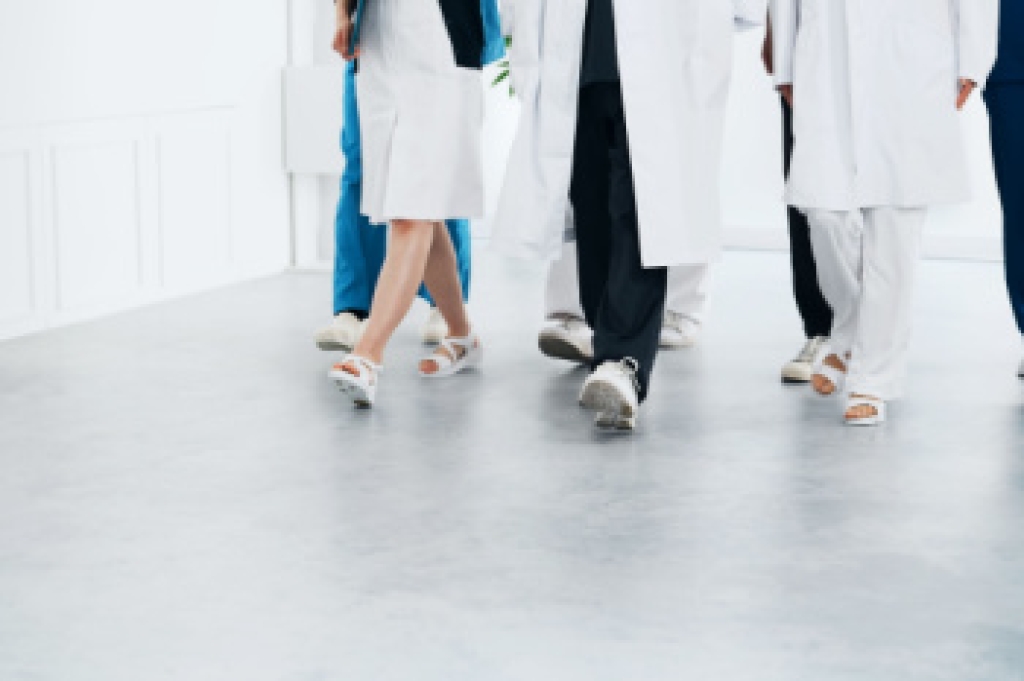
An ankle sprain occurs when the ligaments that support the ankle are stretched or torn, usually due to twisting or rolling the foot. Ankle sprains are grouped into grades, depending on the severity. Grade 1 symptoms include mild pain, and generally no bruising. A grade 2 sprain consists of moderate pain and joint instability. Additionally, loss of function and range of motion can accompany a grade 3 sprain. Temporary relief can be found by resting the ankle, applying compression with an elastic bandage, and elevating it to reduce swelling. A podiatrist can evaluate the injury, recommend targeted exercises, and provide support to prevent future sprains. If you have sprained an ankle, it is suggested that you promptly consult a podiatrist who can determine the severity and provide effective treatment solutions.
Ankle sprains are common but need immediate attention. If you need your feet checked, contact Richard DiBacco, DPM from Podiatry Associates of Erie, Inc.. Our doctor can provide the care you need to keep you pain-free and on your feet.
How Does an Ankle Sprain Occur?
Ankle sprains take place when the ligaments in your ankle are torn or stretched beyond their limits. There are multiple ways that the ankle can become injured, including twisting or rolling over onto your ankle, putting undue stress on it, or causing trauma to the ankle itself.
What Are the Symptoms?
- Mild to moderate bruising
- Limited mobility
- Swelling
- Discoloration of the skin (depending on severity)
Preventing a Sprain
- Wearing appropriate shoes for the occasion
- Stretching before exercises and sports
- Knowing your limits
Treatment of a Sprain
Treatment of a sprain depends on the severity. Many times, people are told to rest and remain off their feet completely, while others are given an air cast. If the sprain is very severe, surgery may be required.
If you have suffered an ankle sprain previously, you may want to consider additional support such as a brace and regular exercises to strengthen the ankle.
If you have any questions please feel free to contact one of our offices located in Erie and Meadville, PA, . We offer the newest diagnostic tools and technology to treat your foot and ankle needs.







